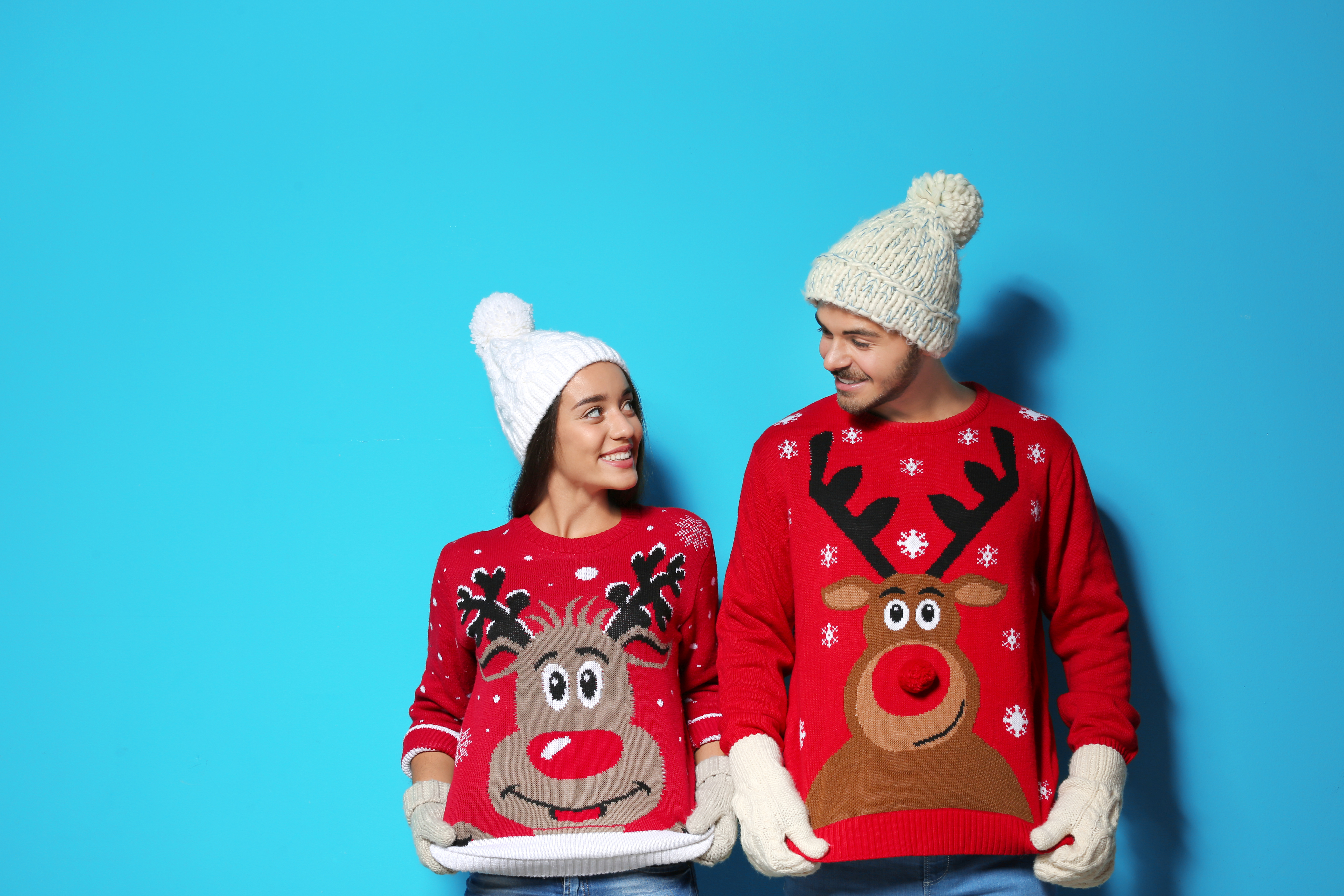
Are you looking for a way to promote your business that’s creative and could bring in some extra income? Maybe you want to display your logo in a unique way? Or do you want to take your gift giving to the next level this Christmas season with some unique custom tech gifts?
No matter what your reason may be for designing your own custom clothing and promo items, it’s a great form of expression. And if you’re a business owner, a custom t-shirt or a unique speaker is a great way to generate brand awareness and promote your image all at once.
Forget about how much (… or how little) experience you may have with designing custom items because this guide will run you through the steps of the customization process and give you all the important tips so you can make your designs stand out.
Figure out why you want custom promo items
Custom items are a great form of branding, whether that is for promotional purposes or to drive engagement from your audience. Before you start designing your apparel, make sure you’ve identified the key themes, styles and colours you want to incorporate in your design to make sure your products communicate your brand image. You want your custom apparel to speak for your brand through its design and it should convey a clear message to you intended audience.
These are a few examples of why you would need custom promo items:
• Promotional gifts or giveaway items – Merch is a great thing to give away at an event to potential customers or clients to generate brand recognition and make sure they remember your company name.
• Internal Company Swag –Give a custom sweater or a fun (but also practical) power bank to your employees as a form of appreciation during the holiday season.
• Merchandise – Sell your custom apparel and make some extra income. Make sure to carefully consider your design to ensure the style is on brand and supports your marketing strategy.
Come up with the perfect design
Once you’ve identified your audience and your main motive for creating customized items, it’s time to start brainstorming concepts for your design. Some tips to keep in mind when designing, are your brand colours, fonts, themes and styles.
The best way to get an idea for how your design looks is to create mock-up designs. Our Design Studio is a great tool that allows you to visualize your creative ideas and make changes as you work. Carefully refining your designs to make sure they are just right is essential to ensuring they are perfect before you give them out to clients and customers.
Choose your canvas
Do you want a t-shirt to display your design? Or maybe a sweatshirt? Perhaps you want something that will make a statement like a customized speaker or headphones.
Whatever your choice may be, picking the right canvas for your design is key to ensuring all the elements come together perfectly. Remember to keep your brand and market in mind when making this decision to make sure your apparel appeals to your target audience.
Pick your printing and decoration methods
When deciding on your printing method, it is important to consider cost, appearance, and production time.
Screen printing is perfect for bulk orders. In this method, your custom design is exposed onto a mesh screen, washed, set up on a press, then the ink is passed through the screen and onto the shirt using a squeegee-type blade.
DTG (Direct-to-Garment) is a relatively new method of printing where the ink is directly applied to the clothing item using inkjet technology. Think of printing on paper, except with a sweater or t-shirt instead. DTG is more precise and that is why this method is best for smaller orders, as a single garment is produced much cheaper using this method.
Custom embroidery is when your design is sewn onto your apparel item using a needle and polyester thread. This is a fully automated process, but the cost varies based on the number of stitches in a logo. So, keep in mind, the higher your stitch count is, your design will become more costly.
Also, be aware of the printing location of your design (front, back, etc.). This simple guide gives you all the tips related to where you can print on garments.
Get the right file format for your design
You’ve got everything ready and now you just need to upload your artwork to start branding your apparel and promo items. There are many formats that can be recreated or digitized, but vector formats are always preferred (AI, PDF, or EPS files). Your resolution should be set to a minimum of 300 DPI at print size to maintain the quality of your design when it’s printed.
Bring it all together
You’ve finalized all the individual elements of your custom promo items, so now its time to bring it all together and start printing! T-shirt designs have always been a popular form of expression and brand awareness, but also consider personalizing items like speakers, headphones and power banks. These customized promo items are becoming increasingly popular options that differentiate your design from all the others.







